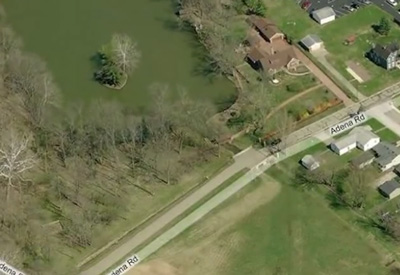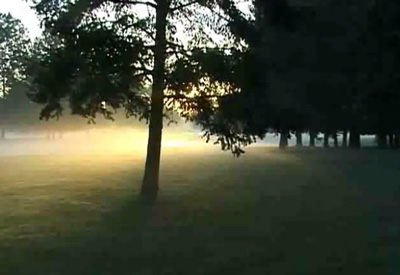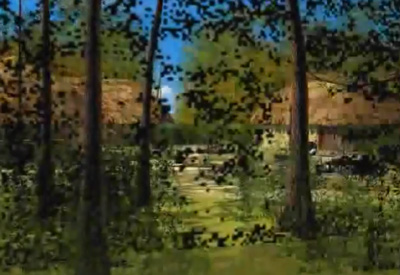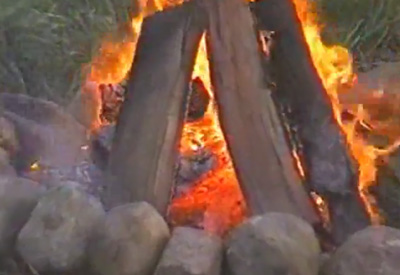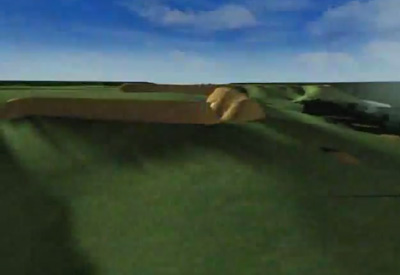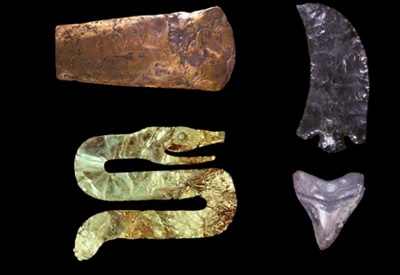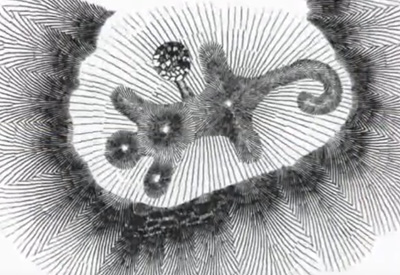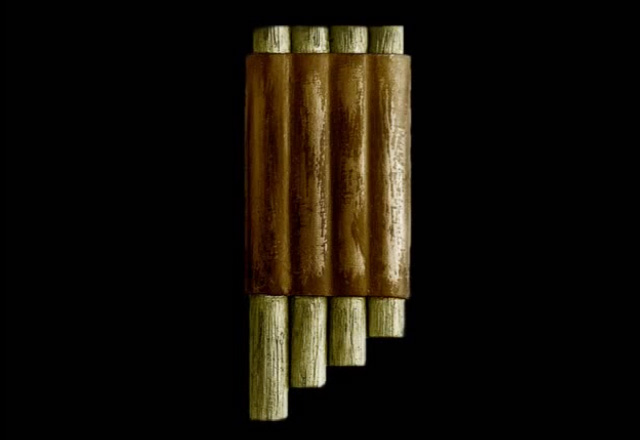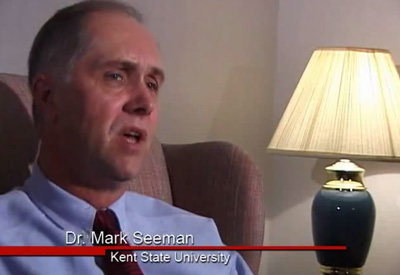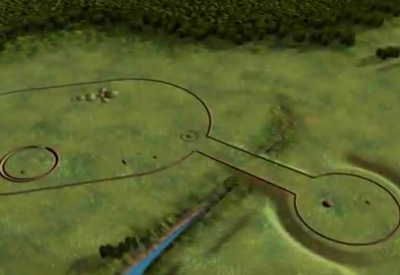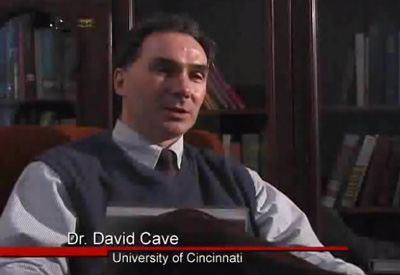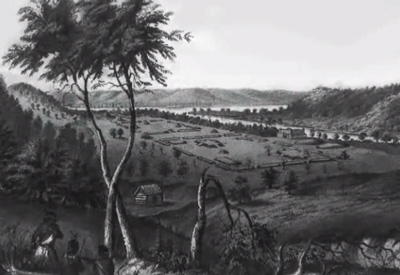
Topics
Defining Adena
Play video
Archaeologist Martha Otto, former curator at the Ohio Historical Society, talks about how to characterize the Adena culture (800 BC to AD 100).
Gardening
Play video
Which plants were domesticated by the Hopewell, how they were grown, and how gardening may have affected the landscape, filmed at the Fort Ancient garden.
Ceremonial Gatherings
Play video
An overview of the ways the geometric earthworks may have been used, and how gatherings there were probably multi-purposed.
A Hopewell Settlement
Play video
Two houses surround a yard in which objects (flint, squash, hearth, textiles, basket) introduce topics about the daily life of the earthwork builders.
Fire
Play video
The role of fire in the builders' treatments of deposited items, burials, and the burning down of buildings before mounds and eathworks were raised.
Burning Things
Play video
Comparative religion scholar Dr. David Cave discusses the meaning of community ritual burning of meaningful objects across cultures.
Hopewell Hilltops
Play video
The nature and variety of Hopewell hilltop enclosures, suggesting how and why they were built.
Precious materials
Play video
An overview of the use and trade of precious materials used in making artifacts associated with the earthworks: copper, obsidian, mica, pearls, and flint.
Water
Play video
Aspects of water hold deep meaning in many cultures, suggesting possible intentions behind the water engineering of Adena and Hopewell sites.
Shadows and Time
Play video
The nature and probable meanings of solar observations in the Fort Ancient culture, with Andrew Sawyer, curator at SunWatch Village, Dayton.
Earth, Soil
Play video
Architectural historian and Project Director John Hancock explains how the earthwork builders understood “earth” itself as an architectural element.
Effigies
Play video
Exploration of the Great Serpent Mound and other effigies now attributed to the Fort Ancient culture, compared with effigies from elsewhere in the Americas.
Textiles
Play video
An explanation of the variety and complexity of Hopewell textiles, with a demonstration by Dr. Kathryn Jakes of how plant fibers were obtained from stems.
Music
Play video
Ethnomusicologist Robert Templeman emphasizes that the builders’ music (panpipes, rattles, rasps, drums, and voices) differed in sound and purpose from what we know today.
Sacred Landscape
Play video
Archaeologist Dr. Mark Seeman discusses the relation between the hills and valleys of the Ohio River landscape and the formations of the earthworks and mounds.
Reincarnation
Play video
Archaeologist Dr. James Brown explains how the earthworks may have been scenes of ritual adoption and the spiritual reincarnation of revered ancestors.
The Cosmological Plan
Play video
Dr. James Brown suggests that the geometric earthworks were understood as the cosmos on earth, allowing potential enemies to meet within a common order.
Elaboration and Ritual
Play video
Dr. David Cave explores the reasons for the great size and elaboration in ritual grounds and preparations, across cultures.
Naming these Cultures
Play video
Historian Dr. Geoffrey Plank urges caution in using the common archaeological categories to define ancient groups, beliefs, or practices.
Deposits
Play video
A discussion of the practice, and examples, of Hopewell interment of precious objects and materials in the earth.
Hopewell Interaction Sphere
Play video
Dr. Robert Hall describes the nature of the trade networks and other influences that spread Hopewell ideas far across the continent.
World Renewal
Play video
Archaeologist Dr. DeeAnne Wymer explains why some Hopewell deposits suggest the traditional ceremonies of world renewal, still celebrated by many Native American tribes.
Light and Shadow
Play video
Archaeologist Dr. Gwynne Henderson of the University of Kentucky talks about the aesthetic power of light and shadow in earthwork design.
Agricultural Practices
Play video
Archaeologist Bret Ruby explains how the land for miles around earthworks was probably marked by extensive farm fields.

